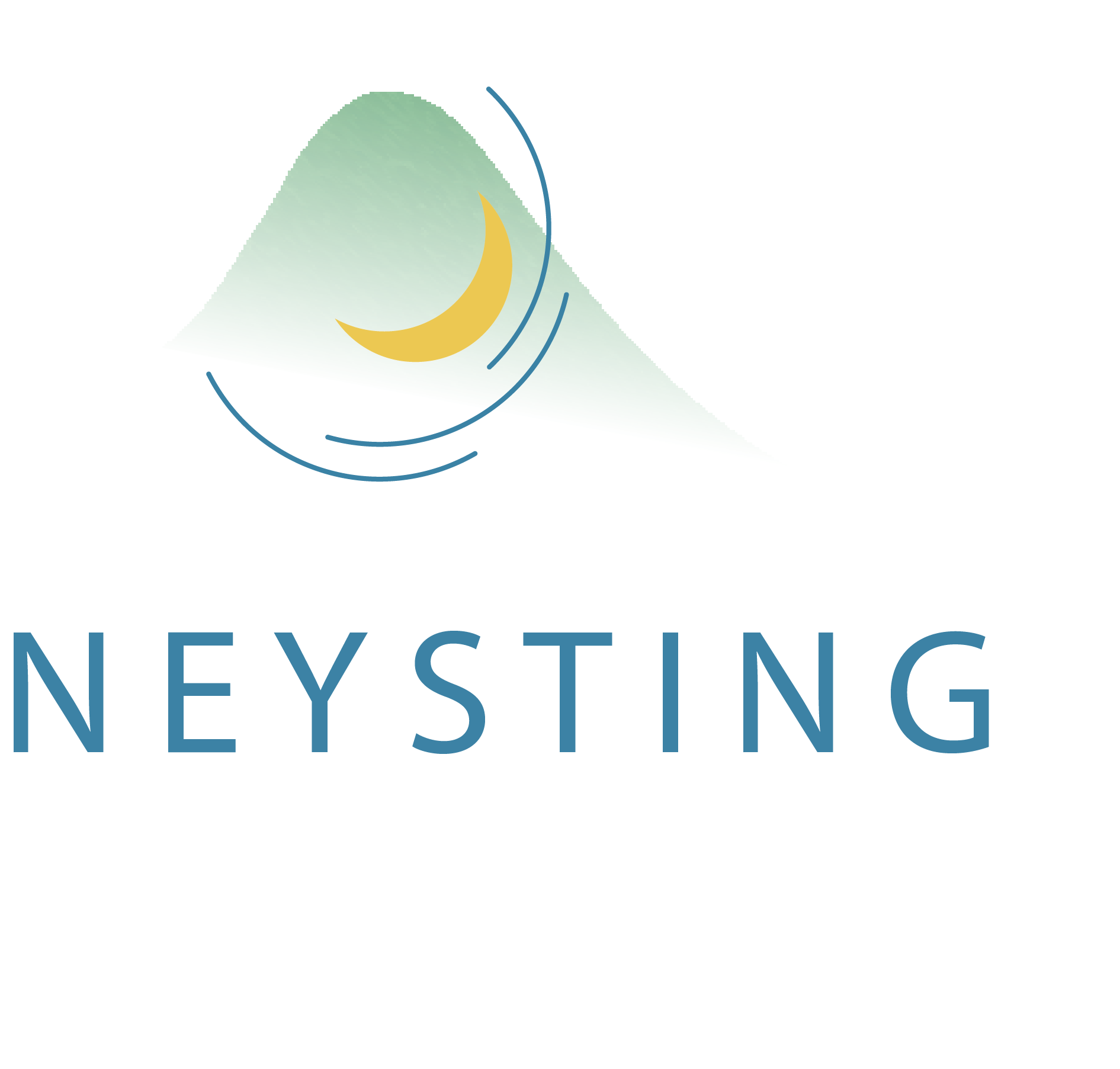About
It all started with a personal travel
Jeg er født og opvokset på Færøerne og har således levet de første 20 år af mit liv på øerne. I hverdagen overså jeg dog for det meste Færøernes gavmilde herligheder i såvel landskab og nature som i kulturhistorie og særlige byggetraditioner. Ifm valg af afgangsprojekt var det dog nærliggende at kigge hjemad og undersøge hvad der egentlig var af kulturhistorisk byggeri, som kunne have interesse. Jeg fandt hurtigt ud af, at Færøerne har masser af guldgruber, som er værd at tage fat i, hvad angår kulturhistoriske bygninger. Især fremstår udhusene særligt karakterisktiske og opsigtsvækkende.
Neystene er fortællinger fra en tid - fra omkring 1650-1930 - hvor småfiskeri i robåde var færingenes hovedbeskæftigelse og overlevelses grundlag. I denne periode var øerne under det danske enevælde, og var stort set afskåret kulturelt og handelsmæssigt. Robåden var derfor et vigtigt og dyrebart redskab, hvorved bådhuset kan siges at have haft signifikant betydning. I bogen “Færøsk byggeskik i 100 år” skriver Palle Dyreborg at “nøglen til den færøske kultur findes i overgangen mellem land og hav”.
Elin Maria Nolsøe Joensen, “The idea came from thinking about how I would like to spend my nights in the Faroe Islands,” says Elin Maria. “Outhouses in the Faroe Islands have special architectural styles, and there are loads of charming boathouses that have excellent locations and are important to Faroe Islanders and our history. I like the idea of using the boathouses for modern purposes whilst also preserving them so they don’t deteriorate due to a lack of activity.”
The shape of the tent is created with the traditional Faroese rowing boat in mind. The construction is formed by ten wooden frames covered in a canvas made of one hundred percent Faroese wool, woven the same way sails are. The tents are five metres long and are suitable for two adults and two children. The pair expect hikers, culture lovers, people with an interest in architecture, and the many Faroe Islands who hike in the mountains to make up the main target group. Elin Maria and Sissal, who work under the name ‘Neysting’, are currently in the process of creating a prototype, which they plan to open in the village of Froðba on the island of Suðuroy this spring. This is merely the first step in a larger plan. “We would like to create a hiking trail where people can hike over mountains from one village to another and spend their nights in these tents in old Faroese boathouses,” says Elin Maria. “
With original inspiration from the faroese rowboat we have designed a very special floating tent which we call the BoatBed. The inside room of the boatbed has a soothing athmosphere - as you are surrounded by inwards spanding curves made of woolen dew. The experience is nearly transformational - like beeing inside a cocoon. Since the BoatBed is hung up and thightened to the ceiling and walls, you will be floating in the middle of the room. You will be rocked to sleep to the sounds of wild nature.
Manifesting the idea out in the world
Funding
Creative Business Cup 2017
"This business is unique because it has a story, an agenda and a mission- it speaks to people’s tenderness and sense of shared responsibility”
— Creative Business Cup 2017
Neysting in faroese media
the team
Testing period
Next step

